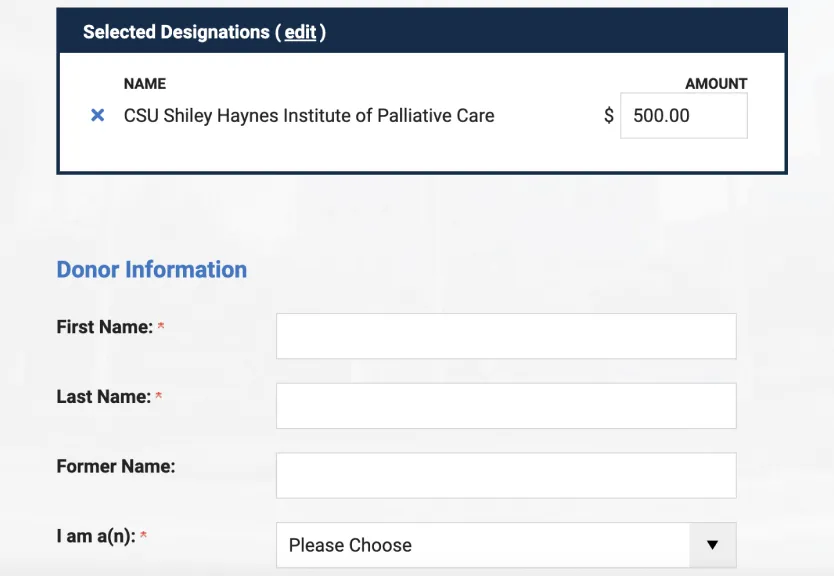Groups Urge Developing a National Strategy for COVID-Related Grief
As America’s death toll from COVID-19 climbs past 470,000 and worldwide COVID deaths surpass 2.3 million, experts say the pandemic has transformed the landscape of loss in ways that profoundly impact our collective experience of grief.
In late January, the National Hospice and Palliative Care Organization (NHPCO) and the Social Work Hospice and Palliative Care Network (SWHPN) issued a joint call for a national bereavement response to address COVID-related grief.
They hope to recruit other organizations to support developing a national strategy that would make bereavement support more accessible to the millions who need it.

“The pandemic has highlighted a huge scale of grieving,” said Jessica Strong, SWHPN’s executive director. “Few (people) have not been impacted by it.”
That pain is compounded because traditional ways of handling grief – funerals, wakes, the Jewish grieving ritual of sitting Shiva, and social customs such as bringing a casserole to a grieving family – have been interrupted or replaced with virtual events to avoid spreading the virus.
“Humans need the rituals of culturally based grieving in order to memorialize our lost loved ones,” Strong said. “But people are scared of getting the virus, and scared of what dying from COVID, alone in the ICU, would be like—in contrast with how we have envisioned a ‘good death.’”
Bereavement Awareness, Education, and Support
Creating a national grief response means recognizing and acknowledging what grief is and how individual and collective loss deeply affects us.
Strong said we first need to “increase grief literacy in our society, so more people know what grief looks like and how it is experienced, without having to pathologize it.”
Next is looking at how to make bereavement support more widely available to anyone who needs it.
“How do we build compassionate communities of grief support?” Strong said. “What would it look like if we created systems where more grief groups could emerge in culturally and linguistically relevant ways in our communities?”
A legislative vehicle for pushing a national grief strategy hasn’t yet been developed, but ideas are already taking shape. NHPCO has suggested the strategy could start with a federal grant to support:
- a national public information campaign on grief and bereavement care
- more education and training for bereavement care providers including social workers, grief counselors, and chaplains
- support to providers for developing and deploying community-based grief counseling services
Strong said the strategy could pay long-term dividends for society and be critical in responding to future disasters such as natural catastrophes and humanitarian crises.
“If we had a national policy, communities would already have this infrastructure in place that might be needed for all sorts of reasons,” she said.
Complications of COVID-Related Grief
The Hospice Foundation of America is also working with grief experts and organizations to develop a statement regarding grief complications due to COVID, and has recently published a book on the subject, Living With Grief Since COVID 19.
“The pandemic has exposed severe shortcomings in the country’s ability to address both healthcare disparities and grief of this magnitude,” said Kenneth Doka, PhD, co-editor of the book and senior consultant on bereavement to HFA.
“This has potential major implications for the country, broadly impacting the mental and physical health of our society and employers who depend on a healthy workforce,” he said.

Grief expert Robert Neimeyer, PhD, Director of the Portland, Ore., Institute for Loss and Transition, has been studying various population samples using new screening tools such as the Pandemic Grief Scale, a brief five-item mental health screener that has been validated to identify probable cases of dysfunctional grief associated with COVID.
He said he’s worried about what he’s seeing through the new tool: high levels of dysfunctional grief. In one sample, 66 percent of respondents scored in the clinical range.
“The incidence of dysfunctional grief engendered by this pandemic is of grave concern,” he said. “How will that translate into prolonged grief disorders?”
Need for More Grief Screening
Neimeyer said it’s important to specifically screen people struggling with COVID-related grief, which could start conversations and promote follow-up on individuals’ problems that need addressing.
“But that would require more efficient applications of grief screening measures,” Neimeyer said.
He said his research shows no evidence that COVID grief symptoms are decreasing or that subjects are entering more adaptive grief trajectories. That may be partly because those who are grieving weren’t able to spend time with their dying loved ones or to receive support in person.
“They feel that they’ve failed in their social roles,” Neimeyer said. “We need to put this on the national map in a way that recognizes the significance of all these deaths.”
A more sobering consideration, he added: nearly every death that has occurred since February 2020 – regardless of the cause – involves the same grief-risk factors as a death from COVID itself.
The grief extends beyond just family members and friends. It includes others with exposure to COVID-related losses, such as first responders and health care personnel. Their needs likely will linger after the pandemic has passed. In the meantime, self-care is critical.
EDITOR’S NOTE: To support health care workers on the frontlines of the COVID-19 pandemic, the CSU Shiley Institute for Palliative Care is offering its Self-Care and Resilience course free through the end of February 2021.




